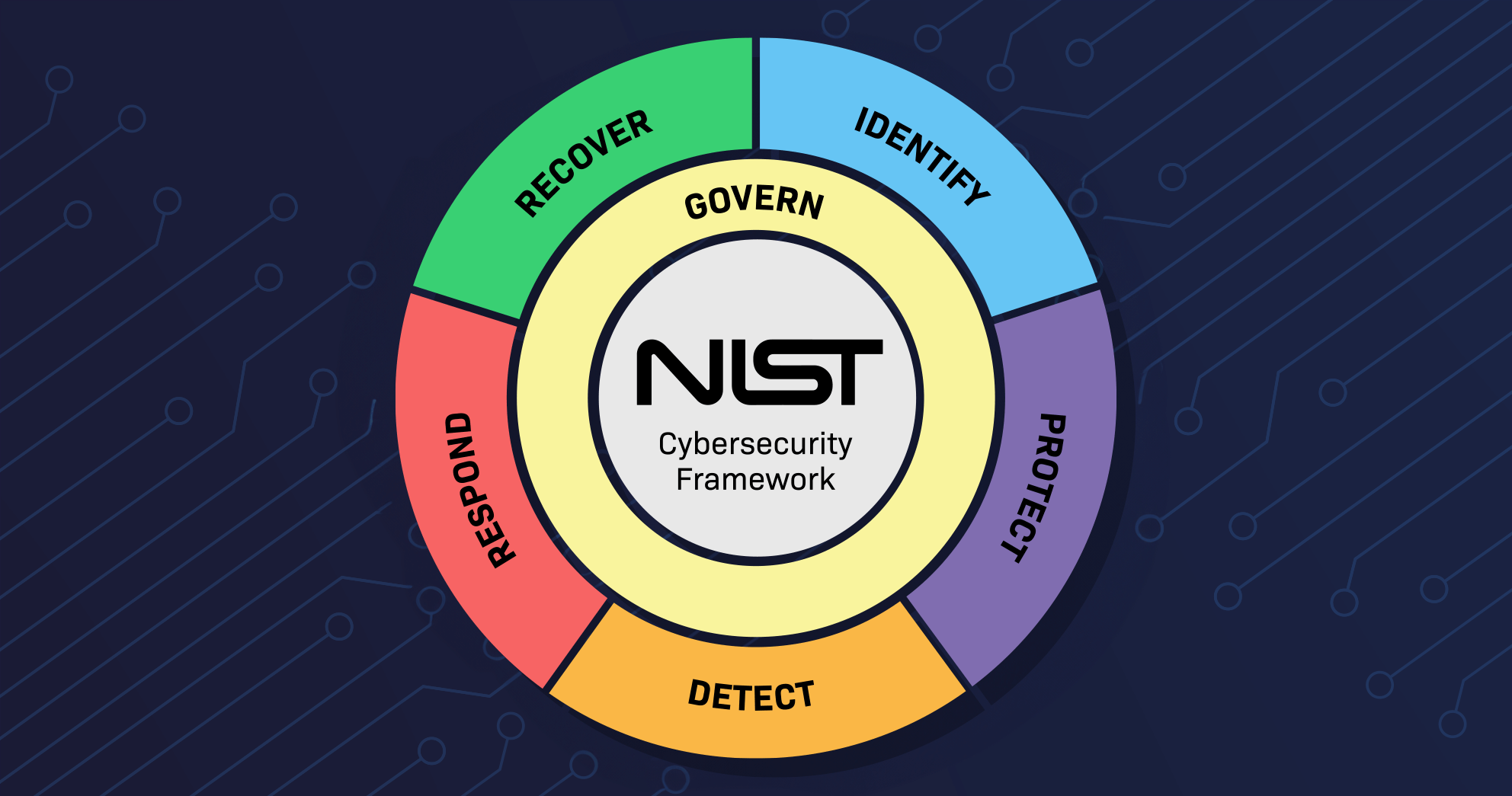Introduction
The digital world is crawling with regulations and for good reason. With cyber threats accelerating, businesses must navigate an ever-growing labyrinth of security standards. But what happens when a company needs to comply with more than one? The result is often chaos: overlapping requirements, redundant audits, and skyrocketing costs. The solution? Unification. In today’s blog post, we’ll explore how aligning GDPR, SOC2, ISO/IEC 27001, NIST 800-53, HIPAA, and PCI-DSS v4.x into a unified compliance strategy not only simplifies security operations but builds bulletproof trust. In a time when data breaches are front-page news, compliance isn’t just a legal requirement, it’s a business imperative. Organizations that streamline their cybersecurity frameworks into one cohesive compliance roadmap reduce complexity and dramatically strengthen their defense posture.
EXIGENCY is leading this charge. Our secure on-premise architecture is built to satisfy all six of these major frameworks by default, giving our clients clarity, consistency, and control. Let’s break down the tangled web of compliance and find the thread that ties it all together.
THE FRAGMENTATION PROBLEM
Each compliance framework serves a purpose but taken individually, they can cause confusion. GDPR protects the personal data of EU citizens. SOC2 evaluates internal controls. ISO/IEC 27001 is a global information security standard. HIPAA governs patient privacy in healthcare. PCI-DSS protects cardholder data. NIST 800-53 provides U.S. government-grade security controls. Trying to meet all of them independently? It’s a disaster waiting to happen. These frameworks have overlapping goals but vastly different terminologies, audit scopes, and documentation requirements. For instance, GDPR calls for a “data protection officer,” while NIST may refer to “security controls assessors.” The job may be the same but the audit expectations are different. Without a unified plan, organizations waste time and resources.
The lack of standardization also leads to audit fatigue. Companies find themselves conducting separate assessments for each framework, often repeating similar tests just because the wording differs. This siloed approach drains IT departments and leaves room for error.
THE CASE FOR UNIFIED COMPLIANCE
A unified approach solves this mess. By mapping the controls across these six major standards, businesses can create a single compliance architecture that satisfies multiple requirements simultaneously. This drastically reduces audit time and resource costs while improving security readiness. Unified compliance also fosters a proactive mindset. Rather than scrambling to meet specific regulations after the fact, companies can design their infrastructure from the ground up to meet shared core principles: confidentiality, integrity, availability, and accountability.
The result? Fewer gaps. Fewer redundancies. Stronger security. By standardizing evidence collection, access controls, risk assessments, and data protection procedures across all frameworks, organizations elevate their posture and maintain continuous compliance.
WHERE CLOUD PROVIDERS FALL SHORT
Public cloud providers may claim compliance with GDPR or SOC2, but the reality is murky. Most offer shared responsibility models, vague logs, and limited visibility into backend infrastructure. That’s not real compliance but that’s checkbox compliance. For example, AWS may say its servers are HIPAA-compliant, but your configurations, your data, and your audit documentation are still your responsibility. With limited ability to control physical access, logging retention, or even patch cycles, true end-to-end compliance is nearly impossible in the cloud.
On the other hand, EXIGENCY’s on-prem solutions give clients full data sovereignty. No surprises. No gaps. No mysterious third-party access. Every component from firewall to file server is documented, hardened, and audited under your direct control.
HOW EXIGENCY SIMPLIFIES MULTI-FRAMEWORK COMPLIANCE
EXIGENCY’s infrastructure design is purpose-built to meet all six frameworks as a baseline and no need for custom patchwork. Our standardized modules map directly to common control families shared by GDPR, SOC2, ISO/IEC 27001, NIST 800-53, HIPAA, and PCI-DSS. We implement zero-port tunneling, hardened DNS architecture, dedicated RDS terminal servers, and multi-tiered access controls that meet or exceed government and healthcare-grade standards. All documentation, event logging, and policy enforcement align with global and U.S. compliance benchmarks.
Whether your business handles health records, financial transactions, or global consumer data, EXIGENCY’s environments are already designed to pass inspection. No guesswork. Just clean, clear compliance and a defensible audit trail to prove it.
FINAL THOUGHTS: STRENGTH IN ALIGNMENT
Trying to manage six separate compliance frameworks is like playing whack-a-mole with your business’s future. One missed policy, one outdated server, one misconfigured port and you’re at risk of breach, fines, or worse. But with a unified compliance approach, that chaos becomes clarity. EXIGENCY’s self-hosted infrastructure aligns directly with GDPR, SOC2, ISO/IEC 27001, NIST 800-53, HIPAA, and PCI-DSS v4.x, giving your business a single foundation to build trust, pass audits, and scale securely.
Cybersecurity doesn’t have to be fragmented. With EXIGENCY, it never is. Reach out today to learn how our hardened on-prem infrastructure simplifies compliance, locks down your data, and sets your business apart from the noise.






No comment